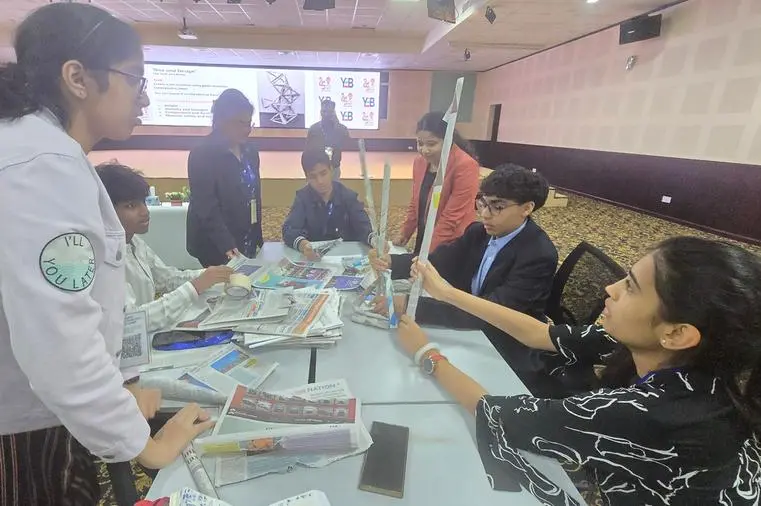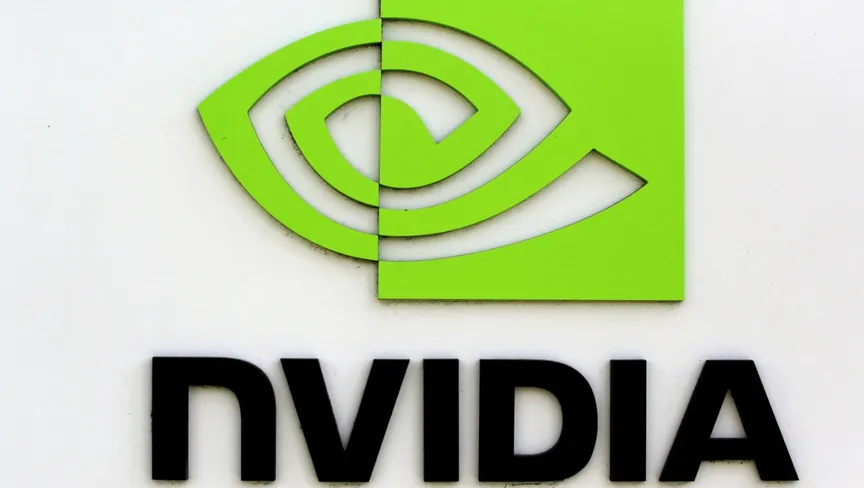Instagram is set to deepen its engagement with location-based social networking through the launch of its new “Instagram Map” feature. This strategic move positions the Meta-owned platform in direct competition with Snapchat’s popular Snap Map, aiming to offer users a dynamic way to connect with friends, discover local businesses, and explore real-time events through geo-tagged content.
Understanding the Instagram Map
The Instagram Map is designed to be a central hub for location-based interactions within the app. Users will be able to see their friends’ real-time locations on a map, provided those friends have opted into sharing. Beyond social connections, the map also serves as a discovery tool, allowing users to explore popular locations, view public stories associated with specific places, and find local businesses. This integration marks a significant expansion of Instagram’s capabilities, moving beyond traditional feed-based consumption to an immersive, interactive map experience.
Key Features and User Control
Privacy and user control are central to the Instagram Map’s design. Users have granular control over their location sharing settings, with options to share their live location with all followers, a select group of “Close Friends,” or to pause sharing at any time. The map will update friends’ locations in real-time, providing an immediate sense of proximity and activity. Beyond live locations, the map aggregates public stories from various locations, allowing users to virtually “visit” places and see what’s happening around the globe or in their local vicinity. Businesses and public figures with geo-tagged content will also appear, enhancing local discovery.
Implications for Businesses and Creators
The introduction of the Instagram Map presents significant opportunities for businesses, particularly local establishments, and content creators. Businesses can gain enhanced visibility on the map, allowing users to easily find their physical locations, view their Instagram profiles, and engage with their latest stories. This could drive foot traffic and foster stronger community connections. For creators, the map provides a new canvas for location-specific content, enabling them to tell stories rooted in physical spaces and connect with audiences interested in particular areas or events. The feature could become a vital tool for local marketing and community building within the Instagram ecosystem.
The Competitive Landscape
Instagram’s foray into real-time location mapping is a clear challenge to Snapchat, which pioneered the Snap Map feature and successfully integrated it into its user experience. By leveraging its vast user base and existing robust features like Stories and Business Profiles, Instagram aims to capture a significant share of the location-based social interaction market. This move underscores the ongoing competition among major social platforms to offer comprehensive and engaging user experiences, consolidating various functionalities within their ecosystems.
About Instagram
Instagram, a subsidiary of Meta Platforms, is one of the world’s most popular social networking services. Launched in 2010, it enables users to share photos and videos, apply filters, and interact with content through likes, comments, and direct messages. Over the years, Instagram has evolved to include features like Stories, Reels, and shopping capabilities, becoming a multifaceted platform for personal connection, content creation, and commerce.
Looking Ahead
The Instagram Map represents a notable evolution in how social platforms are integrating real-world presence with digital interaction. Its success will depend on user adoption, privacy management, and the depth of its integration with other Instagram features. For the MENA region’s thriving startup and tech ecosystem, this development is particularly relevant. Local businesses and e-commerce startups in MENA, many of whom heavily rely on Instagram for marketing and customer engagement, could leverage this new map feature to enhance their local visibility, drive offline traffic, and create more immersive campaigns. Furthermore, it could inspire MENA-based social tech innovators to explore new dimensions of location-based services, potentially leading to region-specific adaptations or entirely new offerings that cater to local cultural nuances and user behaviors.
Source: TechCrunch














